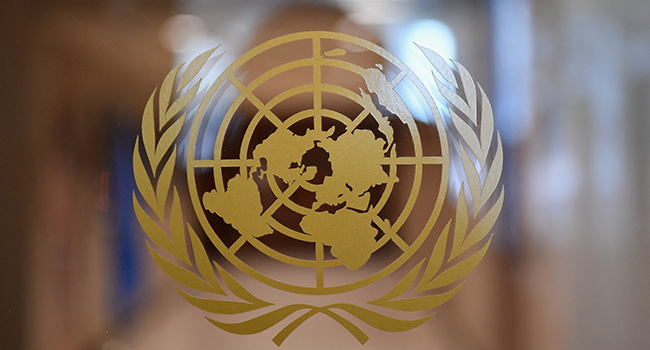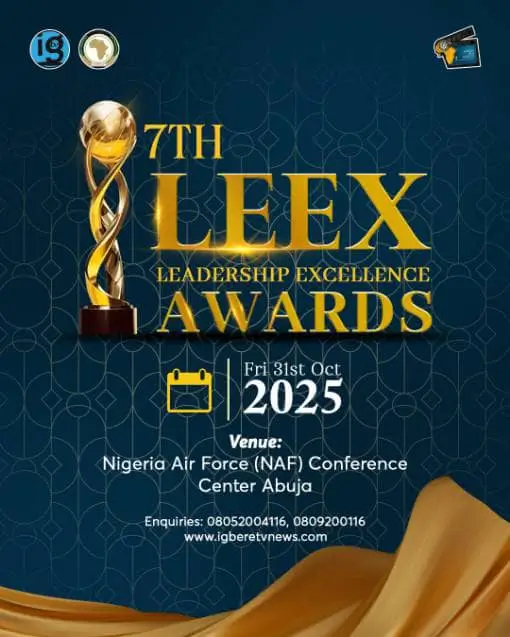The UN’s telecoms agency, which chooses either an American or a Russian as its new chief on Thursday, plays a key role in the rules governing radio frequencies, satellites and 5G, IgbereTV reports

The International Telecommunication Union is holding its quadrennial main conference until October 14 in Bucharest, with all eyes on who its next secretary-general will be.
Here is a look at the oldest agency in the United Nations fold, which behind the scenes sets the global standards underlying mobile phones, television and the internet.
What the ITU does
It allocates global radio spectrum and satellite orbits and develops technical standards that ensure networks interconnect.
The ITU was created to manage international telegraph networks but expanded its remit to new technology such as telephones, radio, television, satellites, mobile phones and the internet.
It brings together 193 member states as well as about 900 companies, universities, and international and regional organisations.
“Every time you make a phone call via the mobile, access the internet or send an email, you are benefiting from the work of ITU,” it says.
ITU’s history
The ITU was founded in 1865. Twenty countries gathered at a conference in Paris to make cross-border communications more efficient, standardising telegraphy equipment and setting uniform operating instructions.
It established “SOS” as the Morse code international maritime distress call in 1906. Following the sinking of the Titanic in 1912, a common wavelength was agreed for ships’ radio distress signals.
Its headquarters moved in 1948 from Bern to Geneva, where it today is situated in a 15-storey pentagonal silvery tower near the UN’s Palais des Nations. It joined the UN fold in 1949.
TV, mobiles, internet
The ITU’s first TV technical standards were released in 1949. Now more than 150 standards cover sound and vision broadcasting to a multitude of devices.
In 2000, technical specifications for 3G systems were agreed, allowing full interoperability of mobile systems for the first time, laying the foundation for high-speed wireless devices able to handle voice and data connection to the internet.
The ITU says the internet’s expansion from early modems to broadband owes much to its standards.
Climate change is now a major theme of the ITU’s work, notably through satellite-based weather monitoring and disaster warning systems.
Contenders for leadership
China’s Houlin Zhao reaches the end of his second four-year term as ITU secretary-general on December 31.
The two candidates to replace him are the ITU’s American development chief Doreen Bogdan-Martin and Russia’s former deputy telecoms minister Rashid Ismailov.
Bogdan-Martin, considered the favourite, wants to get more of the world online with high-speed access; Ismailov wants to humanise technological development rather than focus purely on expanding it.
The winner will be chosen by secret ballot on Thursday in Bucharest during the ITU’s plenipotentiary conference, its main decision-making body






